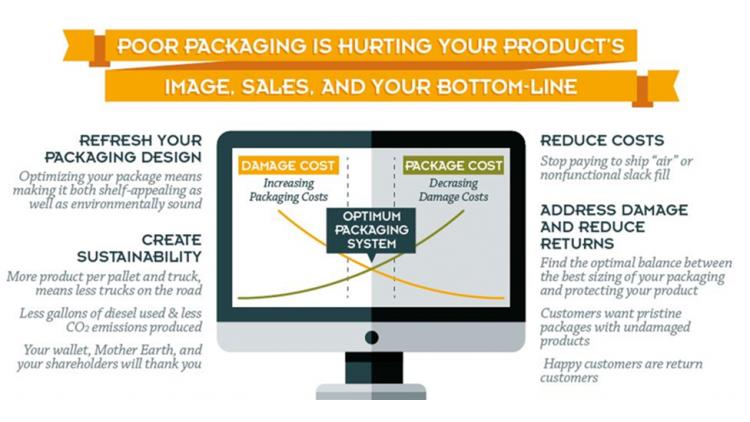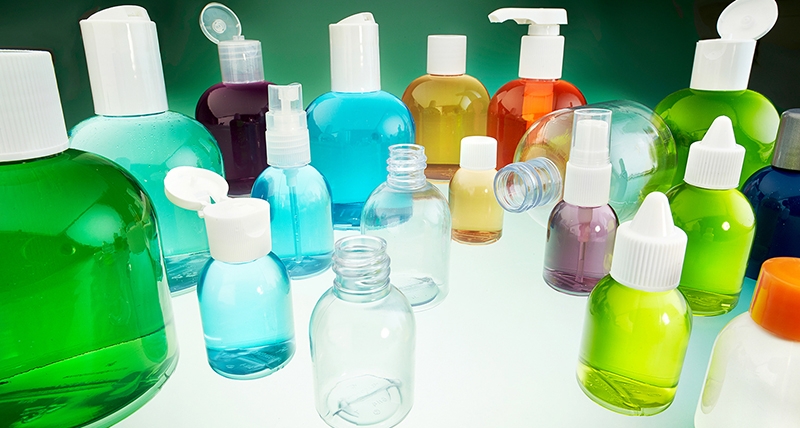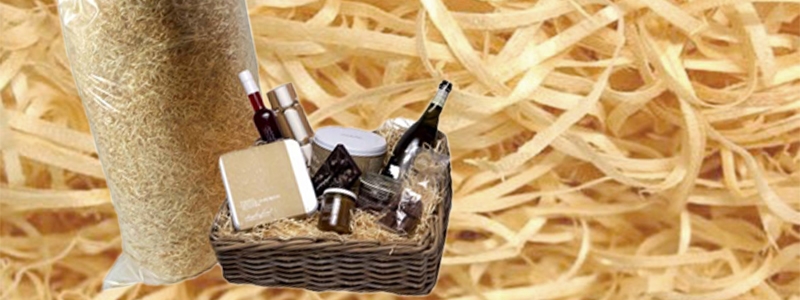
Primary packaging used to be thought of as the marketing billboard while secondary packaging was the protective workhorse. Both, however, need to work together to help protect against common distribution hazards while a unit is in transit, across all modes.
Ask a chief marketing officer (CMO) what the best packaging looks like and you’ll get an answer that revolves around standing out on the shelf and further instilling the brand name into households everywhere.
Ask a chief supply chain officer the same question and the answer will be quite different, instead focusing on protecting the integrity of the product and moving as many units as efficiently as possible.
Of course, the only answer that really matters comes from the chief executive officer (CEO), and that perspective will almost always include margin, “effective packaging needs to sell and protect the merchandise while being cost efficient.”
Marketers have been studying packaging aesthetics for decades, but the idea of designing packaging with logistics in mind is a relatively recent notion. In fact, the science is still very much evolving as materials, product design and consumer buying behaviors shift. For example, primary packaging used to be thought of as the marketing billboard while secondary packaging was the protective workhorse. The maturation of ecommerce has shown that when parcels are sent to end consumers, primary packaging often has to serve double duty and protect the contents along its distribution journey.
Though it may sound like marketing and logistics are at odds, solutions that satisfy both needs can be developed when the realities of the distribution cycle and supply chain is fully understood. This doesn’t mean adding more bubble wrap or overprotecting your product. That’s extremely important to grasp because nobody actually benefits from overspending on excess packaging materials. Effective and efficiently optimized packaging comes from full visibility into exactly what distribution hazards need to be protected against while a unit is in transit, across all modes. Almost all distribution hazards fall into one of these seven categories:
- Handling. Every item that moves through a supply chain is going to be handled by human hands and machinery. Damage can result from rough handling, dropping or falling off machinery. While secondary packaging protects merchandise from manufacturers, primary packaging takes over when individual units are picked to ship directly to end consumers.
- Warehouse stacking. When boxes are stacked too high in warehouses, they can tip over or crush merchandise on the bottom of the stack. Strong primary packaging can help protect products even after secondary packaging becomes compromised due to falling or squeezing from above.
- In-transit stacking. Boxes are also stacked in trucks, and motion from the vehicle shifts the stacks. The up and down motion of bumps and even vibrations from road noise leads to dynamic compression that can easily reach hundreds of pounds of downward pressure per square foot. What’s more, products shipped using less-than-truckload (LTL) transport are most susceptible to this hazard.
- Vehicle vibration. Not the direct result of road bumps, all vehicle suspension systems produce their own natural resonant frequencies, and these amplify vibration in freight that share the same frequencies. Any products that resonate at similar frequencies to the modes of transportation that carry them actually require special packaging to protect them.
- Loose-load vibration. When loaded improperly, bumps and jolts from the road cause loose boxes to shift and often rub against each other. This hazard is actually the most common source of abrasion in packaging, and is worsened by lighter loads that do not weigh enough to optimize trailer springs. Tar strips, road reflectors and any imperfection in road pavement create this constant force.
- Rail switching and horizontal impacts. Cargo shipped via rail is subject to horizontal impacts of up to 8 miles per hour when box cars are sorted in switchyards. Sufficient packaging is needed to prevent compression from the horizontal forces exerted by these impacts, which can be substantial and quite different from vertical impacts.
- Temperature and humidity. A concern during transportation and storage, materials like food and pharmaceuticals often have specific temperature and humidity requirements that quickly produce adverse effects if not correctly observed. Any items adjacent to these materials can be damaged by moisture transfer from nearby freight that has produced condensation or frozen products that have begun to melt due to improper adherence.
The key to designing packaging that mitigates the risks of supply chain hazards is tracing the entire journey of your product end-to-end, from manufacture to consumption, and understanding precisely what conditions are actually experienced along the way. With that knowledge, appropriate packaging that stands up to these risks can be created without wasting time and money on protecting your products from elements that are never actually encountered.
True packaging optimization is achieved at the intersection of a packaging’s cost and the cost-of-damage cost curves (see image above), with movement up or down one trajectory generally resulting in an inverse movement along the other. The earlier in the product lifecycle these discoveries and decisions are made, the more time packaging teams have to build both distribution and marketing concerns into the design so that both objectives are met. And that’s how to keep both customers and CEOs happy.




